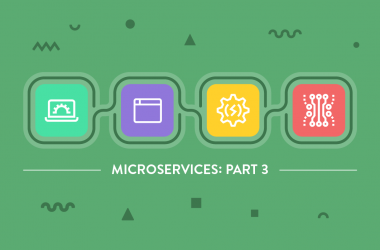The Best Ways to Use AWS Lambda
When an enterprise decides to move to the cloud, they are often lured by the speed, flexibility, or elasticity of Amazon Web Services’ (AWS) 50+ services. But attaining these powerful benefits is often done by the maximizing one particular (and very popular) AWS service: Lambda.
Lambda is Amazon’s serverless compute service, which allows developers to write code in a variety of programming languages (such as Java, NodeJS and Python) that is triggered by events. Since Lambda is the connecting point between services and doesn’t require infrastructure, its setup cost doesn’t exist. When passing data between services, Lambda only uses the infrastructure necessary for the duration of the data request, which makes not only its costs significantly lower but also reduces the time spent on requests themselves.
All that being said, Lambda is the perfect tool for when a task or event needs to be accomplished near-instantly. When running a serverless website, Lambda can trigger an Amazon S3 bucket to provide the storage and bandwidth needed. For big data, it can trigger scripts to run data analysis on the fly, and it can also eliminate everyday manual tasks for sites and apps, such as automating backups, thus reducing the amount of idle resources, and even generating performance reports.
Learn more about Lambda on Dzone.com.





